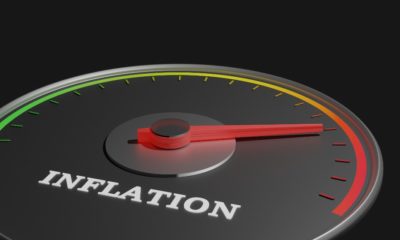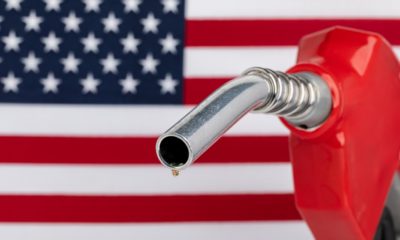Automobiles
US Auto Sales Picked up in the 3rd Quarter

It’s still a long road to recovery, but the road trip already started. The U.S. automobile industry reported that auto sales picked up in the third quarter. Now, US auto manufacturers are rushing to build more cars and refill inventories. Total auto sales remain lower compared to the same time last year. But analysts noted that the selling pace in September neared 2019 levels. Compared to near-zero sales earlier when the pandemic hit, this is a godsend.
RELATED: Tesla To Sell New Stock To Raise $5 Billion Capital
At the forefront of the resurgence are trucks and sport utility vehicles. Both are making a strong comeback in increasing numbers. Add a growing trend of urban residents who are now buying cars again. These are the ones who used to commute due to traffic and distance. With coronavirus-threatening commuters riding mass transportation, cars are now a safer option.
GM, Chrysler Sales Picking Up
Edmunds.com said that while the US auto industry remains down, it’s still way better than April-June. The car buyer website says that the total industry is down 11% this past quarter. While still negative, this is a big recovery from the 31% loss in the 2nd quarter.
General Motors Co. reported that its 3rd quarter U.S. sales is down almost 10% compared to last year. During the previous quarter, the company suffered a 34% drop. All its US factories shut down due to fears of coronavirus infection. Today, production returned to its pre-pandemic rate. Pre-corona cost-cutting measures and demand for large pickups helped boost profits.
Fiat Chrysler Automobiles reported a similar 10% drop in the same period. For the June quarter, it reported a 39% decrease in sales. Others such as Ford and Tesla have scheduled their sales reports later this week.
Among the imports, South Korea’s Hyundai Motor Co. reported that its U.S. sales increased 5.4% in September vs 2019. Sales dropped only 1% in the third quarter. Toyota’s third-quarter U.S. sales were down almost 11% over the same period. The company posted a 16% gain in September, thanks to its Rav 4 and Highlander SUVs. Honda Motor Co’s third-quarter sales fell 9.5%, but it reported a similar 12% spike in September. Nissan, which relies on fleet purchases, said its sales were down 32% during the 3rd quarter.
Factory Shutdowns led to Higher Prices
The coronavirus pandemic shuttered manufacturing plants and sent workers home. Factory shutdowns earlier this year limited inventory. Instead of depending on fleet purchases, demand is now centered on individual consumers. Edmunds forecasts fleet sales to shrink to 11% of new car purchases in the 3rd quarter. Last year, fleet sales accounted for 17% during the same period.
With demand rising the shortage is now palpable. Smart dealers removed discounts and promos as buyers competed for remaining stocks. A higher sticker price helps increase profitability for many dealers. Even if sales numbers are down, profits are higher.
More affordable payment terms due to lower interest also helped increase the demand. This includes a mind-boggling 0% for 84 months payment plan. Dealers also offered payment deferral and job assurance programs.
Jessica Caldwell, Edmunds Executive Director – insights, says hard-working Americans saved the industry. She said: “Most of the doomsday scenarios forecasted at the beginning of the pandemic, fortunately, did not hold true… the American consumer stepped up to become one of the many heroes in this chapter of resilience for the automotive industry.”
Auto Finance
The auto industry benefited from many good breaks during the pandemic. The shutdown of auto plants caused a major loss of employment but helped them save money. This also limited the inventory, which spurred demand. It allowed dealers to sell without the need for promos or discounts. With the coronavirus threat, most people stopped public commuting and drove cars instead. Finally, lower interest rates gave rise to attractive payment terms. This attracted customers who resisted buying new vehicles due to interest rates. All these led to a resurgence in the 3rd quarter as auto sales picked up.
Now, buying a car has never been as attractive as now.
Watch this as CNBC reports that total auto sales for September are estimated at 15.9 million vehicles:
Are you planning on buying a vehicle, or have you bought one lately? Which factor was your main reason for buying? Was it the payment terms? Transport needs for the family? Or to help the economy? Let us know by sharing your comments below.















